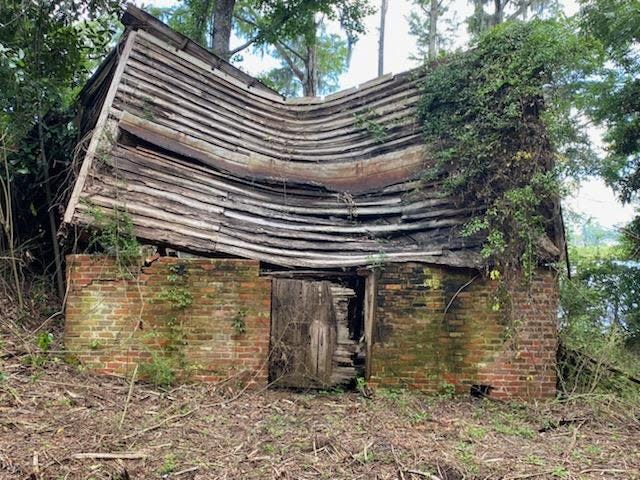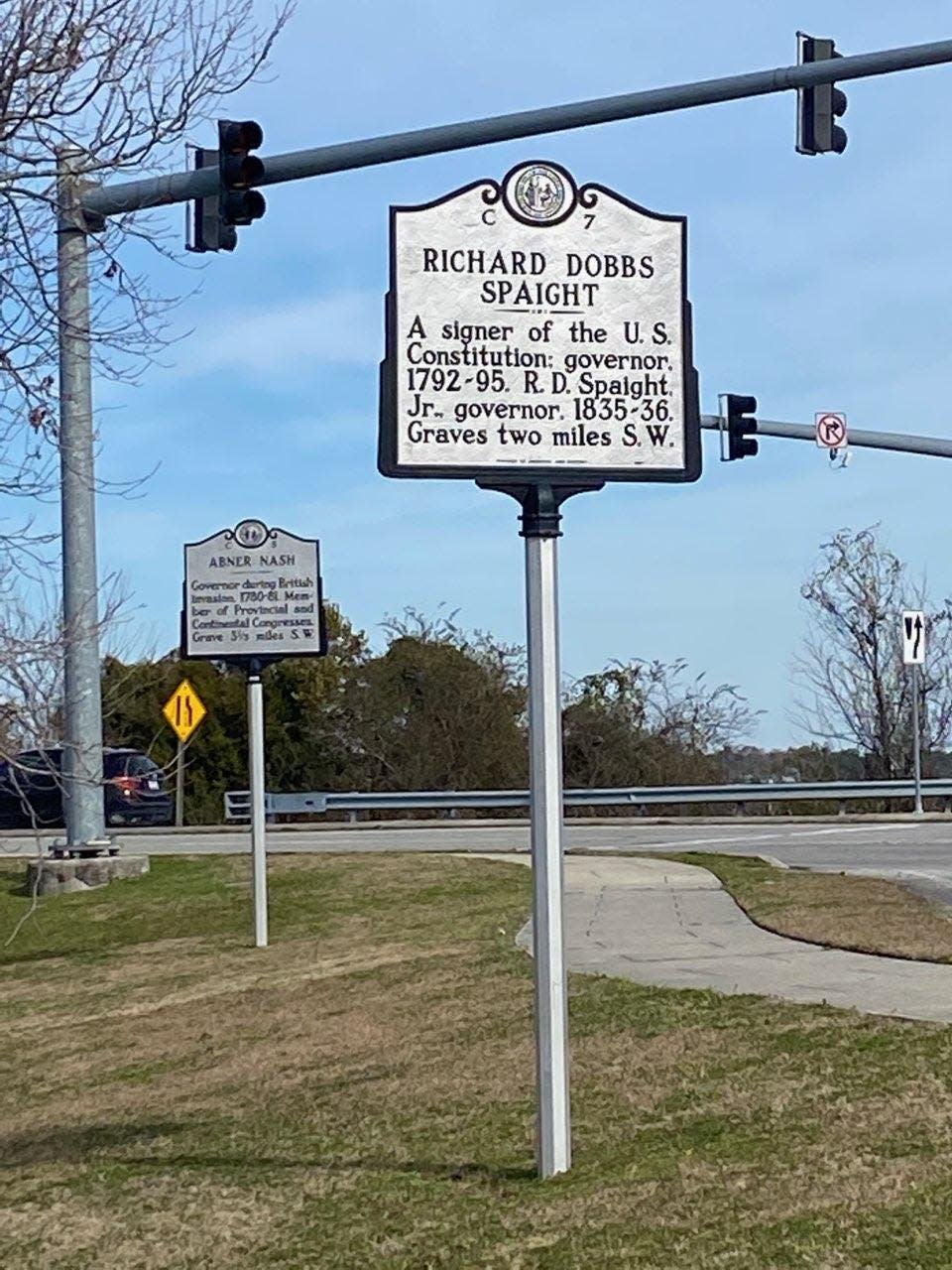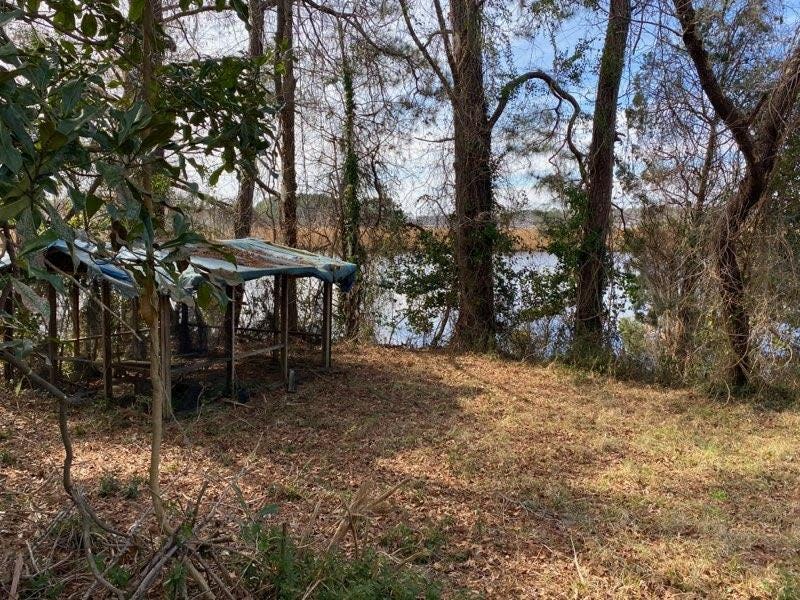James City property involving Civil War, slavery, famous duel could be next tourist site

- Oops!Something went wrong.Please try again later.
- Oops!Something went wrong.Please try again later.
There are 55 acres of marsh and old farmland nestled quietly off the Trent River in James City. If you were to visit the site several hundred years ago, quiet would not be the word to describe the scene.
The burial place of former North Carolina Governor Richard Dobbs Spaight who was famously killed in a duel with John Stanly in 1802 is being discussed as potentially the next historic tourism and recreational site in Craven County.
Located on Brices Creek Road between the Village Chapel Presbyterian Church and the New Bern Yacht Club and owned by Tryon Palace, the property is known as Cleremont.
The Clermont Task Force headed up by Chairman Jonathan Segal on behalf of Tryon Palace is inviting residents and community leaders to a Sept. 12 discussion about potential ideas to develop the property. Segal said there are a handful of ideas with none set in stone.

His son, Richard Dobbs Spaight, Jr, the state’s 27th governor, is also buried at Clermont.
Besides the burial plots, the property is of considerable historical significance. Over the centuries, it has been occupied by Native American people, early European settlers, farmers, enslaved people and a large encampment of Union Army soldiers. It also served as a safe haven for newly-freed people during the Civil War.
Rich history in New Bern: Stanly-Spaight duel deserves more recognition
The property was bequeathed to Tryon Palace in 2008 with the stipulation that the land was to be used to support the continuation of archeological, cultural, historical, conservation and educational missions of Tryon Palace.
Due to other priorities, the palace did not proceed with development at that time. However, the newly formed task force is helping to make the 2008 dream a reality and to develop plans for making Clermont an asset to the community.
To get feedback from community leaders on how best to proceed with the development of the property, there will be two invitation-only sessions at the N.C. History Center Gateway Gallery on September 12 – Session 1 will be from 1-2:30 p.m. and Session 2 will be from 3-4:30 p.m. A public session will be held from 6-8 p.m.
Please RSVP to Shenetta Fields at shenetta.fields@ncdcr.gov indicating which session you will attend.

Men dueled over honor
As a man of honor, you were expected to uphold everyone else’s honor. In the early days of Craven County history and all across the South, duels were a common thing.
Duels were often over women, but even more often a simple insult was enough. Such was the case with Stanly and Spaight.
From 1792 to 1795 Spaight served as North Carolina’s first native-born governor, and from 1798 to 1801 he represented the state’s tenth district in Congress, switching from the Federalist to the Democratic-Republican Party during his second term. Running for a third term in 1800, his opponent, twenty-six-year-old Federalist Stanly, began a series of rumors about Spaight’s allegiance to his new party, according to NCpedia.
Tensions rose which prompted the two men to duel it out on Sept. 5, 1802.
In front of approximately three hundred spectators, they took aim and fired. The flintlock smoothbore pistols they used missed their marks. The men fired again. Spaight’s ball grazed Stanly’s shirt collar, but still, the two men were unharmed. Townspeople begged the two opponents to call a truce. Spaight refused, and the third shots missed once more.
On the fourth round of fire, Stanly’s ball struck Spaight in the side. The respected statesman crumpled to the ground and died the next day.
Years later during the Civil War, the property became one of the largest Union Army encampments in the state. Eventually, between 1,500 and 3,000 freed men and women settled on a part of the property, calling it the Trent River Camp — later becoming James City.
Editor Trevor Dunnell can be reached by email at tdunnell@newbernsj.com. Please consider supporting local journalism by signing up for a digital subscription.
This article originally appeared on Sun Journal: Historic James City property could be next tourist/recreation site

